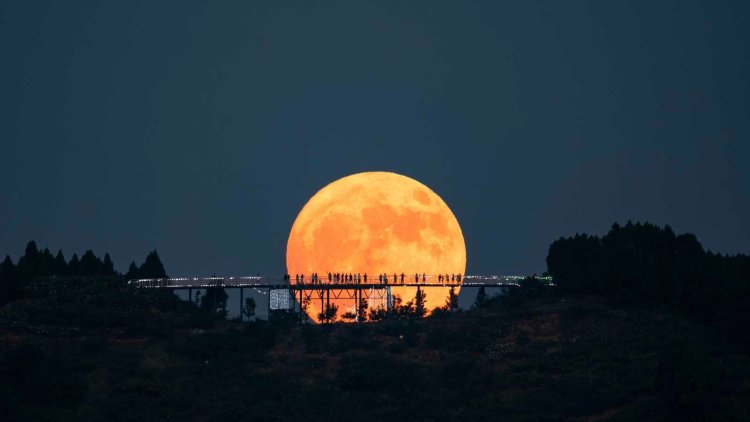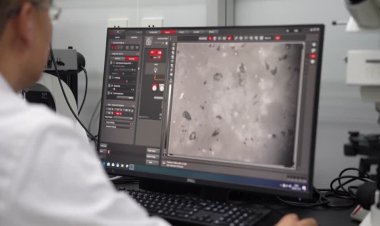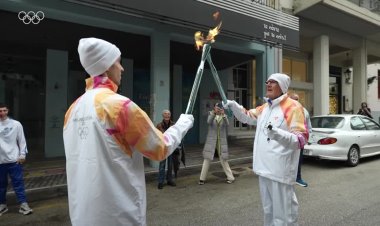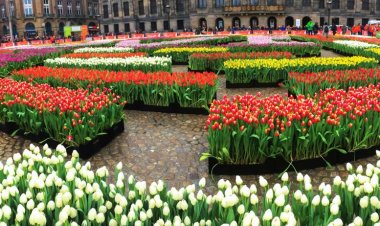Rare Blue Supermoon Lights Up Night Sky

This week, stargazers are being treated to a rare astronomical event: a blue supermoon. This celestial phenomenon combines two special lunar occurrences - a supermoon and a blue moon.
A supermoon, a term coined by astrologer Richard Noelle in 1979, occurs when a full moon coincides with the moon's closest approach to Earth in its orbit. While not an official astronomical term, it's popular among casual observers. Supermoons can appear 30% brighter than average full moons and occur in about 25% of full moons.
The "blue" in blue moon doesn't refer to color but rather to an additional full moon that breaks the typical pattern of one full moon per month or three per season. Blue moons are less common, occurring in only 3% of full moons.
This particular event is even more special as it's a seasonal blue moon - the third full moon in a season with four. According to Ed Bloomer, an astronomer at the Royal Observatory Greenwich, this adheres to the most traditional definition of a blue moon, making it "a proper one."
While there was a blue supermoon last August, this event is particularly noteworthy. NASA predicts that the next blue supermoon won't occur until January 2037, making this potentially the last chance to witness one this decade.
The rarity of this event has sparked widespread interest. That while not everyone will conduct academic studies about the moon, events like these open up astronomy to a broader audience.
"There's just that spectrum of engagement which opens it up to everybody," Bloomer said.
It's worth noting that the terms "supermoon" and "blue moon" are not scientific and there's some debate over their exact definitions. However, regardless of terminological strictness, this week's lunar display promises to be a spectacular sight, accessible to anyone who takes a moment to look up at the night sky.















